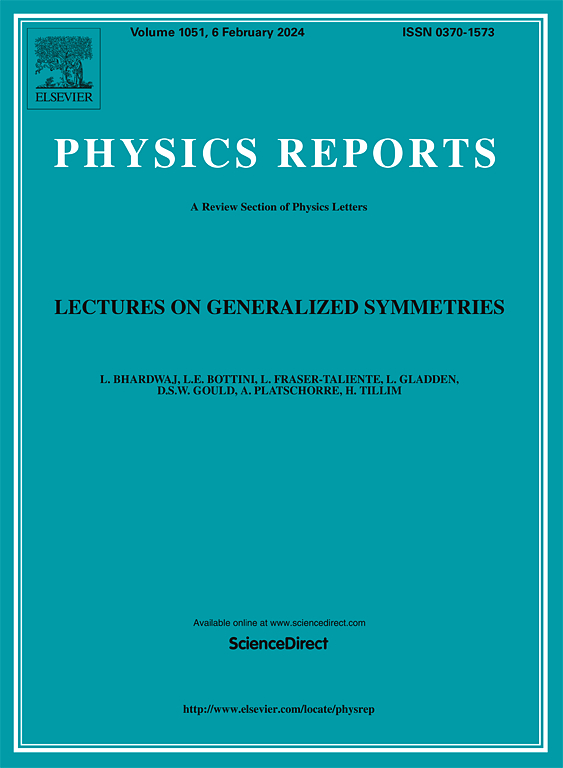Majorana quasiparticles in atomic spin chains on superconductors
IF 29.5
1区 物理与天体物理
Q1 PHYSICS, MULTIDISCIPLINARY
引用次数: 0
Abstract
For the past decade, Majorana quasiparticles have become one of the hot topics in condensed matter research. Besides the fundamental interest in the realization of particles being their own antiparticles, going back to basic concepts of elementary particle physics, Majorana quasiparticles in condensed matter systems offer exciting potential applications in topological quantum computation due to their non-Abelian quantum exchange statistics. Motivated by theoretical predictions about possible realizations of Majorana quasiparticles as zero-energy modes at boundaries of topological superconductors, experimental efforts have focussed in particular on quasi-one-dimensional semiconductor–superconductor and magnet–superconductor hybrid systems. However, an unambiguous proof of the existence of Majorana quasiparticles is still challenging and requires considerable improvements in materials science, atomic-scale characterization and control of interface quality, as well as complementary approaches of detecting various facets of Majorana quasiparticles. Bottom-up atom-by-atom fabrication of disorder-free atomic spin chains on atomically clean superconducting substrates has recently allowed deep insight into the emergence of topological sub-gap Shiba bands and associated Majorana states from the level of individual atoms up to extended chains, thereby offering the possibility for critical tests of Majorana physics in disorder-free model-type 1D hybrid systems.
超导体原子自旋链中的马约拉纳准粒子
过去十年来,马约拉纳准粒子已成为凝聚态研究的热门话题之一。除了追溯到基本粒子物理学基本概念的实现粒子自身反粒子的基本兴趣之外,凝聚态系统中的马约拉纳准粒子由于其非阿贝尔量子交换统计特性,在拓扑量子计算中提供了令人兴奋的潜在应用。理论上预测马约拉纳准粒子可能在拓扑超导体的边界实现零能模式,受此激励,实验工作尤其集中于准一维半导体-超导体和磁体-超导体混合系统。然而,要明确证明马约拉纳准粒子的存在仍具有挑战性,需要在材料科学、原子尺度表征、界面质量控制以及检测马约拉纳准粒子各方面的补充方法等方面做出重大改进。最近,在原子洁净的超导基底上自下而上地逐个原子制造无序原子自旋链,使人们能够深入了解从单个原子到扩展链的拓扑亚间隙希巴带和相关马约拉纳态的出现,从而为在无序模型型一维混合系统中对马约拉纳物理学进行关键测试提供了可能。
本文章由计算机程序翻译,如有差异,请以英文原文为准。
求助全文
约1分钟内获得全文
求助全文
来源期刊

Physics Reports
物理-物理:综合
CiteScore
56.10
自引率
0.70%
发文量
102
审稿时长
9.1 weeks
期刊介绍:
Physics Reports keeps the active physicist up-to-date on developments in a wide range of topics by publishing timely reviews which are more extensive than just literature surveys but normally less than a full monograph. Each report deals with one specific subject and is generally published in a separate volume. These reviews are specialist in nature but contain enough introductory material to make the main points intelligible to a non-specialist. The reader will not only be able to distinguish important developments and trends in physics but will also find a sufficient number of references to the original literature.
 求助内容:
求助内容: 应助结果提醒方式:
应助结果提醒方式:


